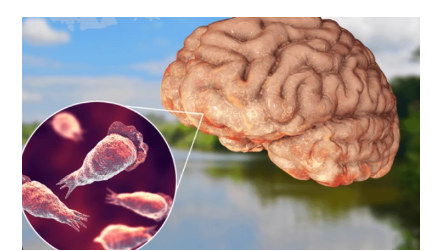28 Oct 2024 15:39:13 pm
Tags : Primary Amoebic Meningoencephalitis (PAM)

Topic: Diseases
Why in the news?
Source: The Hindu
About Primary Amoebic Meningoencephalitis (PAM):
0 Comments

© 2026 Catalyst IAS All Rights Reserved.